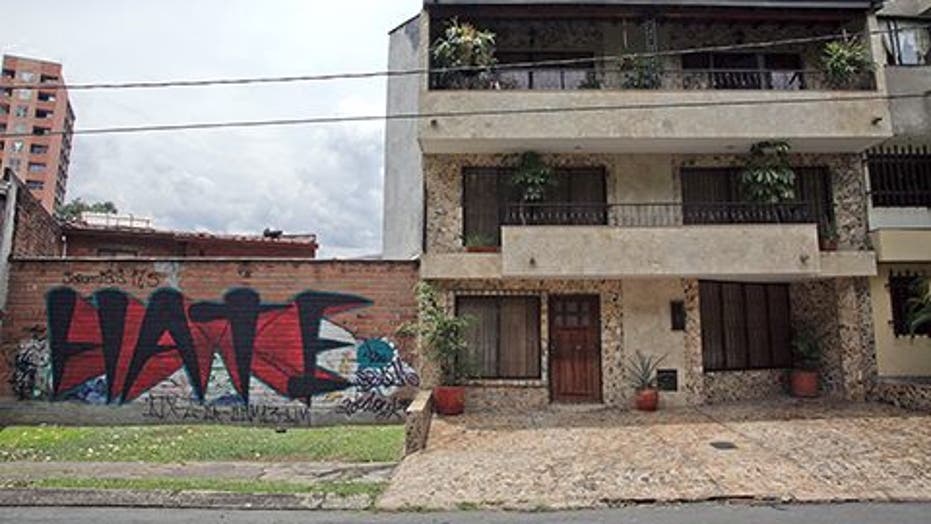It’s difficult to visit Medellín today – with its world-class international restaurants, clubs, hotels, high-end clothing stores, and innovative urban renewal – and imagine what it was like 20 years ago when Pablo Escobar, one of the richest men in the world, ran the Medellín drug cartel with a cocaine-coated iron fist.
It was a corrupt, dangerous city where officials were bribed, old and new scores were settled with violence, people in high-crime areas were terrified to venture out at night, and tourism was unthinkable.
Pablo Escobar was gunned down in the city in 1993, but the public’s fascination with the legendary outlaw is still alive and well.
Like Al Capone, Escobar tried to position himself as a modern-day Robin Hood, and curried favor by giving money to the poor. Like his Chicago counterpart, he was a clever, ruthless criminal who had judges and politicians in his deep pockets. He once cut a deal to voluntarily turn himself in, provided that he design and build his own jail. When he was finally incarcerated, he had two personal chefs, a soccer field, and all the amenities befitting a Lord—albeit a drug lord.
Today, the charismatic cocaine kingpin is the subject of one of Medellín’s most unusual tours. A guide whisks you away to Pablo’s world, starting with Monaco, a white, non-descript, five-story building that was constructed like a cement fortress for Escobar, his family, and his young henchmen, whom he recruited from the poorest neighborhoods.
The cartel king lived with his family on the top floor, and had a walk-in safe the size of a room. Inside, he kept mountains of cash to use for bribes.
The grounds of Monaco include a swimming pool, a tennis court, and the garage where Escobar kept his beloved car collection. According to the tour guide, one of the cars may have belonged to Al Capone. In 1988, Escobar’s enemies set off two bombs at Monaco. The first injured his daughter’s ear, and the second destroyed his cars. Of course, Escobar retaliated in kind with wanton violence. The garage at Monaco bears scars and holes from the explosions, and there are rumors that the ghosts of Escobar’s murdered enemies still haunt the old abode.
The second stop is at a cemetery, where, in a large, tidy area with black stones, marble inlay and grass, visitors can walk close to the tombs of Escobar, who died at age 44, his brother, mother, father, cousin, and loyal bodyguard. Fresh flowers are placed at Escobar’s grave by still-loyal admirers.
A group of visitors arrived from another tour, which is organized by Pablo’s brother, who was his accountant. Their guide presented a far rosier picture of Escobar than ours did; according to her, Escobar was, indeed, a Robin Hood figure, who helped the poor and dared to take on the establishment.
The third stop — and all sites are accompanied by vivid and sometimes lurid tales from the cartel era–– is at the house where Escobar was gunned down by the Colombian secret service when he tried to escape onto the roof. There are still Escobar family members who insist he died by his own hand, and shot himself to avoid being captured.
At the end of the tour, the guide says that Pablo Escobar was a seminal figure in Medellín history. When he died, the officials took a look at how corrupt and violent their city had become, and it was this impetus that helped turn it around to eventually become the delightful destination it is today.

